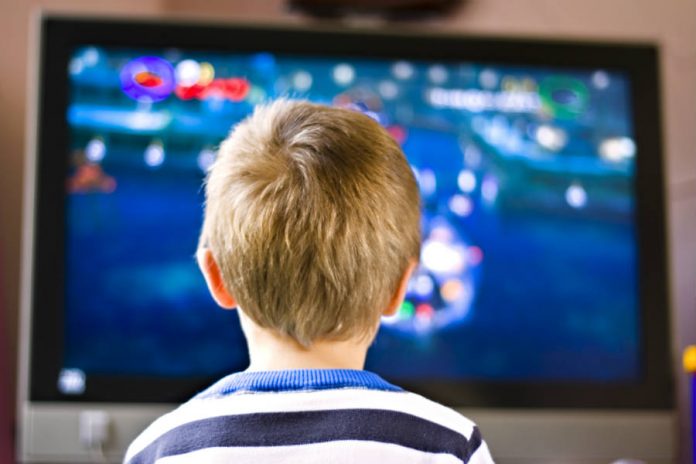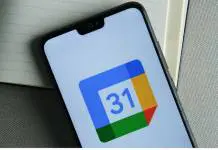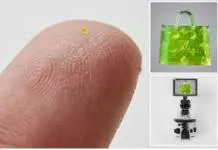
Yesterday, the American Academy of Pediatrics (AAP) released a policy statement called ‘Media and Young Minds,’ setting new medical advice on how much time is enough screen time for children under three years old.
The paper’s lead authors are Dr. Jenny Radesky MD, Assistant Professor at C. S. Mott Children’s Hospital, located at the University of Michigan in Ann Arbor, and Dr. Dimitri A. Christakis MD from the Seattle Children’s Hospital.
The document came out at the same time as another policy brief issued by the U. S. Department of Education and the Department of Health and Human Services called ‘Policy Brief on Early Learning and Use of Technology.’ Both are fully available online.
The AAP says children under 2 should watch TV
The paper begins by stating most children under three currently live surrounded by all kinds of digital technology, which means the benefits (or risks) of being in front of a screen do not come only from the television.
“THE CHIEF FACTOR THAT FACILITATES TODDLER’S LEARNING FROM COMMERCIAL MEDIA (STARTING AROUND 15 MONTHS OF AGE) IS PARENTS WATCHING WITH THEM AND RETEACHING THE CONTENT,” the document states.
Parents should always be around children when they start to interact with digital devices but also let them find their way around them. Children can pick up words and develop cognitive abilities by playing on a tablet, using Skype, and reading ebooks, for example.
The parents must be present for this benefits to occur fully, the authors reiterate, and bear in mind that excessive use of these technologies is still associated with some illnesses commonly found in young children, such as obesity or developmental delays.
AAP guidelines
The brief contains a set of recommended guidelines to be used by pediatricians and parents, which read as follows:
- Avoid digital media use (except for video chat) in children younger than 18 months.
- For children aged 18 to 24 months, choose quality programming and digital content to get them started and do not leave them alone with digital devices.
- Do not push children into interacting with digital devices.
- Children aged 2 to 5 years old should limit their digital exposure to one hour a day, always in their parents’ company. Real life and social interaction is still the most important type of developmental exposure they need.
- Avoid using digital media as a way of babysitting (to keep children occupied and unsupervised).
- Turn all screens off when they are not in use and do not let children interact with them one hour before bedtime (it disrupts sleep).
- Keep bedroom, eating, and parent-children playing times screen-free.
The document also encourages all parents to visit the Media Use Plan website and create personalized schedules for their children’s screen time.
Source: American Academy of Pediatrics / Policy Brief on Early Learning and Use of Technology










